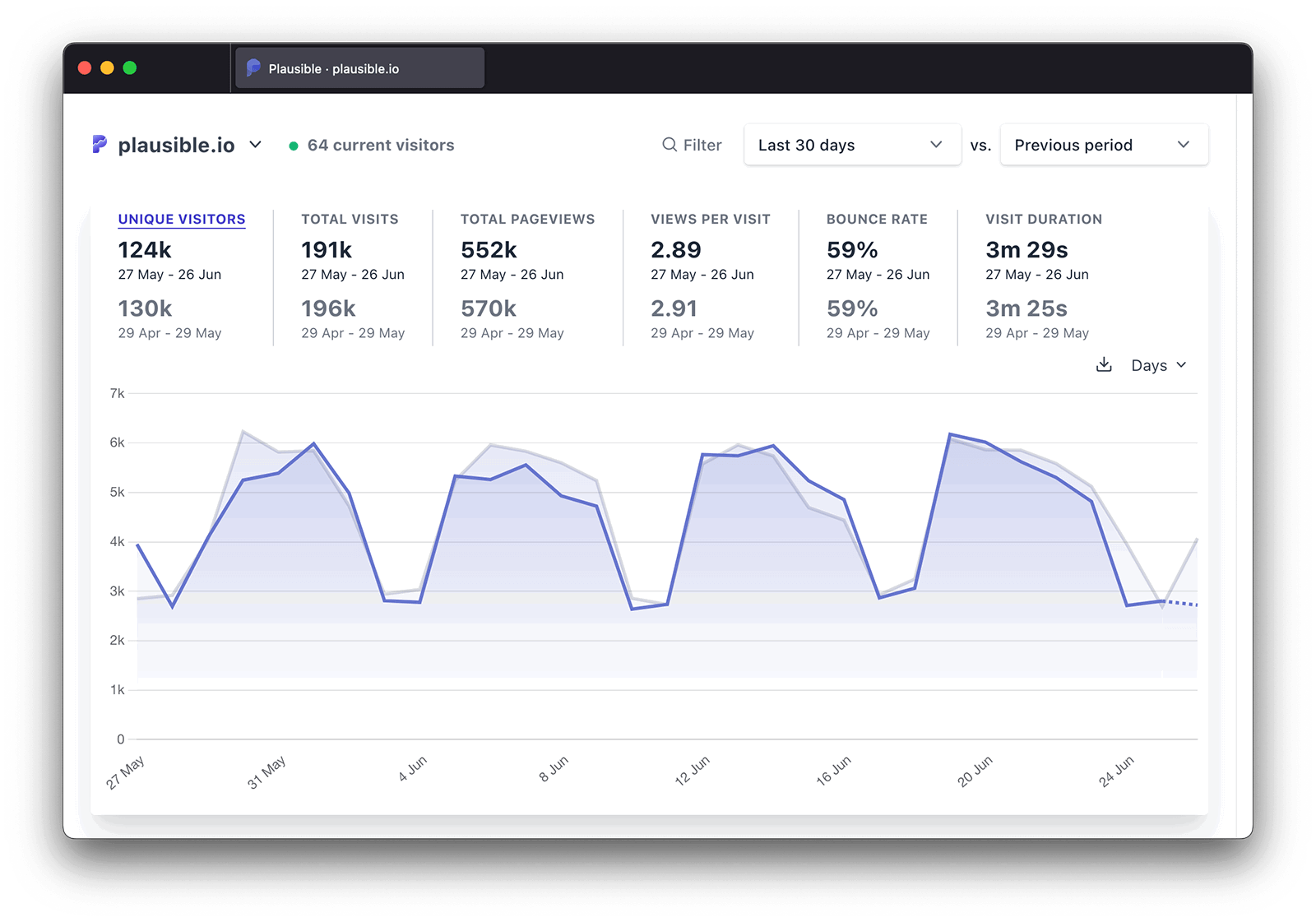Master Web Site Insights With Accurate Google Analytics Monitoring Code
The reliable application of Google Analytics hinges on the accurate implementation of its tracking code, an essential action often ignored by site proprietors. What are the usual pitfalls that could weaken your tracking initiatives, and just how can you make sure precision in your technique?
Comprehending Google Analytics Basics
Google Analytics is a necessary tool for internet site owners and marketing experts, offering invaluable understandings into user habits and web site performance. At its core, Google Analytics accumulates data about site visitors to a site, permitting users to evaluate metrics such as website traffic sources, customer engagement, and conversion rates. Understanding these principles is vital for enhancing an internet site's performance and improving customer experience.
The system uses cookies to track communications, tape-recording data such as page views, session durations, and bounce rates. This details is aggregated and offered through customizable control panels, making it possible for individuals to envision patterns gradually. Secret efficiency indicators (KPIs) can be kept track of, such as the total variety of individuals, new versus returning visitors, and the geographical distribution of the audience.
Moreover, Google Analytics offers segmentation attributes, enabling individuals to separate specific traffic resources or user demographics for more targeted analysis. By mastering these foundational elements, site owners can make enlightened choices concerning material method, marketing projects, and total site improvements. Inevitably, comprehending Google Analytics essentials is essential for leveraging information to drive development and achieve organization objectives successfully.
Setting Up Your Tracking Code

Duplicate the supplied tracking code and paste it into the HTML of your website. Preferably, this code ought to be put in the header section of every web page you wish to track. This ensures that the tracking code lots prior to any various other web content, enabling it to capture information properly. There are plugins offered that streamline the combination procedure. if you are utilizing a material administration system (CMS) like WordPress.
After setup, verify that the tracking code is functioning correctly by using Google Tag Assistant or the Real-Time reports in Google Analytics - when does the google analytics tracking code send an event hit to analytics?. This action is vital to validate that your data collection is energetic and exact, establishing the structure for insightful evaluation
Usual Monitoring Code Issues
This might take place when the tracking code is placed in the incorrect section of the site's HTML, usually leading to insufficient or missing information. Additionally, having several instances of the tracking code on a solitary web page can result in filled with air metrics, as user interactions may be counted extra than once.
An additional concern emerges from the use of advertisement blockers, which can stop the tracking code from carrying out completely, thus skewing data. when does the google analytics tracking code send an event hit to analytics?. Additionally, failing to configure filters correctly can result in the exclusion of crucial website traffic sources or the addition of undesirable referral spam, misshaping the information accumulated
Site owners might also forget the importance of monitoring code updates, particularly when moving to Google Analytics 4 (GA4) from Universal Analytics. Last but not least, insufficient screening prior to releasing adjustments can lead to undiscovered errors in the monitoring code, even more complicating data dependability. Resolving these usual concerns is vital for making certain precise tracking and insightful analytics.
Analyzing Web Site Data Effectively
Exact information collection is only the very first step in leveraging Google Analytics; the genuine worth hinges on properly evaluating that information to drive enlightened decision-making. To attain this, it is vital to recognize vital efficiency indications (KPIs) that straighten with your service goals. Concentrate on metrics such as conversion rates, individual engagement, and website traffic sources, as these will certainly provide insights into individual habits and the general efficiency of your site.
Making Use Of Google Analytics' segmentation attributes permits for a much deeper understanding of your target market. By damaging down information into certain demographics, habits, and website traffic channels, you can reveal trends and patterns that inform targeted approaches. Executing custom records and dashboards visit can improve this procedure, enabling quick accessibility to important data.
Furthermore, frequently evaluating information fads gradually assists to recognize abnormalities and possibilities for improvement. Use visualization tools to present data in a quickly digestible format, facilitating extra effective communication with stakeholders. Ultimately, the capacity to examine site data successfully encourages businesses to make calculated choices that enhance user experience, enhance advertising and marketing efforts, and drive development.

Best Practices for Accurate Monitoring
Carrying out efficient monitoring practices is crucial for getting reputable data in Google Analytics. To ensure precise monitoring, begin by correctly mounting the Google Analytics tracking code on every page of your website. This can be completed through a tag manager or by straight embedding the code right into the HTML.
Following, configure your Google Analytics account to omit inner traffic. This can be done by setting up filters that determine and remove sees from your organization's IP see this website address, therefore preventing skewed information. Additionally, use occasion monitoring to keep an eye on particular individual interactions, such as downloads or video clip plays, which conventional page views might ignore.
Routinely investigate your tracking arrangement to validate that all attributes, such as objectives and ecommerce monitoring, are functioning effectively. Develop a regular naming convention for your occasions and projects to facilitate simpler coverage and evaluation.
Finally, consider leveraging UTM criteria for campaigns to get insights into the performance of different marketing initiatives. By complying with these best practices, you can enhance the accuracy of your data collection and analysis, inevitably resulting in more enlightened decision-making for your web site.
Verdict
Exact implementation of the Google Analytics tracking code is crucial for understanding internet site understandings. By making certain the tracking code is appropriately put and consistently examined, web site owners can capture essential user communication information, therefore promoting the identification of vital efficiency signs. Effective analysis of this information, integrated with adherence to ideal practices, makes it possible for educated decision-making and the optimization of online strategies. Ultimately, a durable tracking framework enhances the ability to drive interaction and improve general web site efficiency.

Inadequate testing before introducing modifications can result in undiscovered mistakes in the monitoring code, additionally complicating data dependability.Implementing efficient tracking methods is critical for getting reliable information in Google Analytics. By making sure the tracking code is correctly put and regularly investigated, web site owners can catch essential individual interaction information, therefore promoting the identification of key efficiency indications.
 Danny Tamberelli Then & Now!
Danny Tamberelli Then & Now! Angus T. Jones Then & Now!
Angus T. Jones Then & Now! Hallie Eisenberg Then & Now!
Hallie Eisenberg Then & Now! Brandy Then & Now!
Brandy Then & Now! Richard Dean Anderson Then & Now!
Richard Dean Anderson Then & Now!